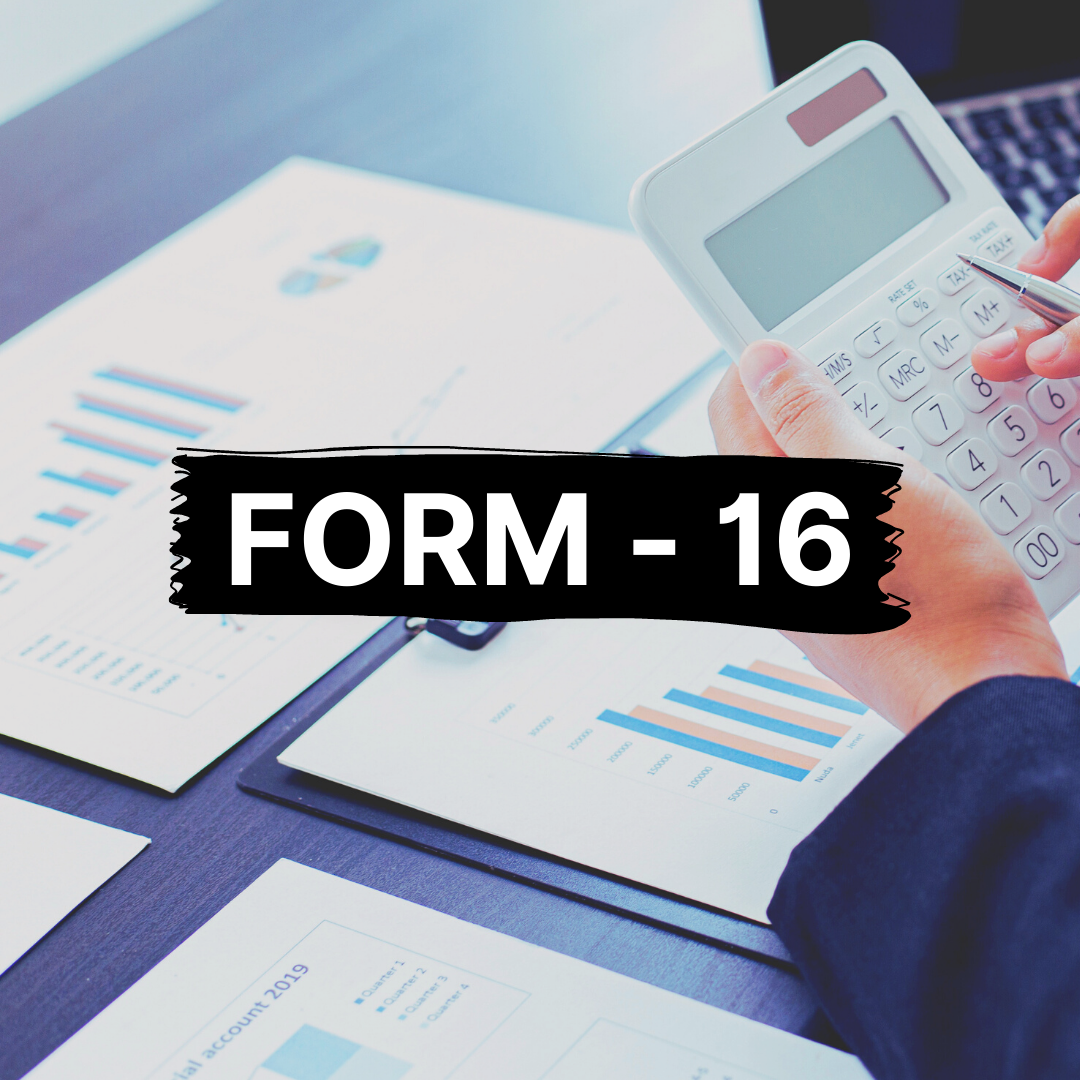Are you an individual who receives paycheck monthly? Are you sure that you are taking all the money that you deserve keeping in mind your employer’s retirement matching? 401(k) matching is a significant benefit that many workers search for and regularly anticipate from employers.

At the point when a worker's commitments are matched by the employer, it can have a gigantic effect on their reserve funds when they retire. Hence, understanding 401(k) matching is critical. Following are the elements covered in this guide:
- What is a 401(k) Match?
- What is Matching?
- How to Know if Your Employer Matches 401(k)?
- Importance of offering 401(k) matching as a benefit
- Matching Count Towards Contribution Limits
- How to Maximize Your Employer 401(k) Match?
What is a 401(k) Match?
A 401(k) match is the money your manager adds to your 401(k) account. For every dollar you save in your 401(k), your manager entirely or somewhat matches your commitment, up to a specific level of your compensation. Employer matching is a key work benefit that can fundamentally help your 401(k) retirement savings over the long haul.
401(k) Matching Contributions
Employer 401(k) matching is a contribution your employer makes to your 401(k) retirement account. The contribution matches what you have removed from your paycheck, as a rule up to a characterized amount. A 401(k) is a worker-sponsored retirement account that businesses offer to help their workers save and put for retirement in a tax-advantaged way.
Contingent upon the terms of the 401(k) plan, a business might decide to match your contributions dollar-for-dollar or offer a partial match. A few managers may likewise make non-matching 401(k) contributions.
Matching contributions aren't legally necessary, and not all businesses offer them as a feature of their 401(k) plans. Yet, a 401(k) match can be a core worker benefit that assists an association to retain talent and build solid teams. So to get the business match, you really have to contribute, as well.
Some 401(k) plans vest business contributions throughout the span of several years. This implies you should stay at the organization for a set time-frame before you completely take responsibility for the employer’s matching contributions. Businesses use vesting to boost employees to stay at the organization. Whenever you complete the schedule, you are supposed to be "fully vested."
What is Matching?
Each plan figures out what your manager matches, and is normally a dollar-for-dollar amount up to a specific rate. For instance, assuming that your yearly compensation is $50,000 and you send 5% of your check to your retirement account, you'd have $2,500 saved. On the off chance that your employer matches your contributions up to 5%, you'd have an extra $2,500 for a total of $5,000 each year.
A few businesses offer a partial match that isn't dollar-for-dollar or a lower rate after a specific limit. In the interim, a few businesses offer automatic contributions without a matching requirement, however, this is more uncommon. That is the reason you'll have to painstakingly peruse or examine your plan choices to decide the amount you really want to add to get the maximum match.
Make certain to see whether there's a vesting period, and that implies the employer match may not be completely yours until you're utilized for a specific measure of time, typically estimated in years. For instance, your organization might have a plan where contributions vest following various years, known as a precipice vest). Understanding the vesting plan is significant, since, supposing that you leave the organization before you're completely vested, you will not get the employer match.
By and large, managers consequently contribute matches as per your regular paycheck compensation. There are cases, nonetheless, when managers offer what's known as deferred matching on an alternate schedule.
Profit-sharing is an illustration of a deferred match that occurs outside of a standard schedule. Employers utilize this type of retirement matching most often to boost or reward the staff by adding a piece of annual profits to the workers' retirement accounts. It's like a bonus, just tax-deferred. Employers can pick partial matching, dollar-for-dollar matching, or flat amount.
Partial Matching
With a partial 401(k) match, a business' contribution is a fraction of a worker's contribution, and the employer’s total contribution is covered as a percentage of the worker's compensation. With partial matching otherwise called a "stretch match", the business matches part of the worker's contribution and up to a specific amount. For instance, a business might match 50% of a worker's contribution and up to 4 percent of their compensation.
As such, the business matches something like 2% of the total compensation. In this situation, on the off chance that a worker contributes 2% of their compensation, the business will contribute 1%. Then again, assuming that a worker contributes 6%, the business will contribute 2%. Matching structures differ by plan.
Suppose you earn $40,000 each year and contribute $2,400 to your 401(k)- 6% of your compensation. In the event that your manager offers to match $0.50 of every dollar you contribute up to 6% of your compensation, they would add $1,200 every year to your 401(k) account, helping your total yearly commitments to $3,600.
Dollar-for-dollar matching
With dollar-for-dollar matching, the business matches everything that the worker contributes up to a specific sum. For instance, an employer might match dollar-for-dollar up to 6 percent of a worker's compensation. In this situation, assuming a worker contributes 3%, the business matches 3%. In the event that a worker contributes 8%, the business matches 6%. The most well-known dollar-for-dollar contributions are 5% or 6%.
Imagine you earn $60,000 every year and contribute $1,800 yearly to your 401(k)- or 3% of your pay. Assuming your employer offers a dollar-for-dollar match to 3% of your compensation, they would add a sum equivalent to 100 percent of your 401(k) contributions, raising your absolute annual contributions to $3,600.
How to Know if Your Employer Matches 401(k)?
Employers are expected to provide you with a bunch of documents that clarify any benefits offered, including the provisions of the 401(k) and any included match. On the off chance that you don't have this documentation work, ask your organization's benefits manager or (HR) office. Make certain to comprehend the specific terms of the match, for example, when it starts and how regularly it's conveyed to your account.
- A few employers promote their match rate on their work postings to draw in new employees and hold current ones. Know that you may need to enlist once you start working, or your HR division may consequently place you in your organization's 401(k) plan - and might have an automatic increase applied yearly.
- Many organizations today make enlistment in 401(k) plans for new workers so they're naturally contributing, however, it's basic to realize the amount you want to contribute past the automatic withdrawal to get the full match.
- It's additionally really smart to comprehend your investment options, and what the defaults are for your record. Assuming you can maximize your 401(k), that is something worth being thankful for, however, make certain to contribute what works for your budget and in general monetary objectives.
Importance of offering 401(k) matching as a benefit
The competition for talent is intense, and offering a 401(k) matching project can help you draw in and hold talent. Whenever workers are certain with their retirement investment funds, their work fulfillment and execution can increment.
Truth be told, 80% of non-retired Americans say they hope to depend on 401(k) or another retirement investment account as a source of retirement pay, as indicated by a Gallup survey. 62% of U.S. retired people, then again, say they depend on 401(k) or another retirement investment account as a source of retirement pay, as indicated by a similar Gallup survey. Matching contributions likewise offer a tax benefit for the business.
Matching Count Towards Contribution Limits
There's a different IRS rule that limits the number of contributions to a 401(k) from both the worker and employer joined. In 2022, the vast majority can redirect up to $20,500 each year to a 401(k) account-$1,000 higher than in 2021. Assuming you're age 50 or more established by year-end, you can add an extra $6,500 in catch-up contributions.
Be that as it may, as far as possible from all sources is $61,000 in 2022. That implies that regardless of who adds to your account, you can't surpass that amount for the year. In the event that your employer offers a match in the above situation, the most extreme amount you'd reach is $41,000. It's in this way far-fetched that you'll surpass the overall contribution limit.
On the off chance that your organization's 401(k) plan offers a match, attempt to contribute to capturing the full amount. From that point, you can evaluate whether you need to contribute over that sum toward your retirement reserve.
Annual Limits for an Employer’s 401(k) Match and Cost to offer 401(k) matching
The 2021 yearly limit on workers elective deferrals-the greatest you can add to your 401(k) from your own compensation is $19,500. The 2022 elective deferral limit is $20,500. The 2021 yearly cutoff for a business' 401(k) match in addition to elective deferrals is 100 percent of your yearly remuneration or $58,000, whichever is less. In 2022, this total ascents 100 percent of your remuneration, whichever is less.
Taking into account that surveys propose numerous Americans need more money saved for retirement, the amount expected to acquire your employer’s full 401(k) matching commitment should be a critical board in your retirement reserve funds strategy.
Considering the power of compounding and a 6% yearly rate of return, contributing to the point of getting the full employer match might actually be the contrast between retiring at 60 versus 65.
The cost of 401(k) matching descends on your organization's particular matching project and the number of workers. For instance, assuming a workers yearly remuneration is $80,000 and the business offers a 50 percent match to 4 percent of the worker's compensation with a constraint of $4,000, the business will contribute $3,000 in the event that the worker contributes $6,000 of their compensation, hitting the full match.
As indicated by Human Interest, the average yearly cost of giving a 401(k) for one worker is as per the following:
- $1,920 per employee with 10 employees
- $2,640 per employee with 25 employees
- $3,840 per employee with 50 employees
The long-term cost of renouncing a 401(k) match anyway is worth considering too. This advantage is significant for worker retention and it tends to be considerably less costly to offer a 401(k) match than it is to replace a worker. At the point when a worker leaves, it regularly costs about 33% of their yearly compensation to replace them. Loss of productivity and recruitment doesn't come modest.
Taxes and Employer 401(k) Matching Contributions
You don't need to pay any income taxes on business 401(k) matching contributions until you begin making withdrawals. Gross pay incorporates compensation, pay rates, rewards, tips, sick compensation, and vacation compensation. Your own 401(k) contributions are pre-charged, yet at the same time consider part of your gross compensation. Be that as it may, your manager's matching contributions don't include pay.
Your employer's matching contribution develops tax-deferred in a conventional 401(k), supporting your intensifying returns throughout the long term. Conventional 401(k) withdrawals are taxed as normal pay at whatever charge section you're in when you make those withdrawals.
The employer’s matching contributions are deductible as an operational expense on the government annual tax form as long as they don't surpass the IRS contribution limits. They can likewise be absolved from state and finance charges. That is, up to 25 percent of the pay of all qualified workers taking an interest in the 401(k) plan is excluded.
Assuming that you have less than 100 workers, you might have the option to take advantage of the retirement plan's startup cost tax reduction. With the credit, a business can deduct half of the plan’s standard and important startup costs, up to $500 each year.
How to Maximize Your Employer 401(k) Match
Assuming you have a 401(k), employer matching contributions give a competitive edge to your retirement planning. Follow these tips to expand your employer 401(k) match:
1. Begin Making 401(k) Contributions Immediately
A few businesses have a holding up period after you start some work before they start matching your 401(k) contributions. Try not to trust that the matching contributions will kick in; begin contributing when you start your new position.
On the off chance that you're threatened by the investment choices, make the most of the plan’s target-date reserves. "By far most managers have their default investments set up as a target-date fund which is attached to your age and retirement year. You can place your money in there, and it's a kind of do-it-for-me choice where it's assigned across values proper for your age.
2. Continuously Contribute Enough to Get the Full Match
Assuming your manager offers to match 401(k) contributions, ensure you contribute to the point of fitting the bill for the full match. In the event that you don't, you're fundamentally missing out on free cash. Converse with an HR agent or a plan administrator to discover the amount you want to keep from every check to get the full match.
3. Sign Up for Automatic 401(k) Contributions
Sign up for automatic payroll deductions, so contributions are kept in your 401(k) each payroll interval with practically no further activity by you. "One of the advantages of these plans is the power of payroll deduction. "You pay yourself first, naturally, every check, making retirement reserve funds simple."
4. Oppose the Temptation to Tap your 401(k)
While you're contributing assets to your 401(k) account without fail, there will be times when the market flags and you see the worth of your ventures consistently decrease. You might confront the desire to pull out cash from the market during slumps, it's fundamental that you oppose the enticement.
Particularly for youthful financial backers, it's essential to remind individuals to stick with it in any event, when the market is unstable. Individuals who are opportunistic and have willpower are potential to brave market swings.
How Can Deskera Help with 401(k) matching?
Deskera People is a cloud-based software that will help to create and assign custom pay components to an employee in light of your requirements.

Deskera People will distinguish those components assigned to the employee and naturally compute the wages taking in the specific conditions which can be designed in each component like pre and post-tax deductions as well as contributions.
Key Takeaways:
- Generally, 401(k) plans let you begin adding to your record when you join the organization. Contributions that you make to your 401(k) account are constantly viewed as completely vested-they are 100 percent claimed all the time by you. Broadened vesting periods just cover business contributions.
- Assuming your manager offers a match, contribute to the point of getting the full match. Free money can add a major lift to your retirement investment funds over the long run.
- Regardless of whether you need to maximize your 401(k), getting the full business match assists you with saving the most and taking advantage accessible to you through your manager. It's thusly smart to at least contribute to the point of getting anything your organization will match.
- It's critical to begin little and start now since you can constantly expand the sum you save every year. Indeed, even a 1% expansion will add up, particularly assuming your organization matches those contributions.
Related Articles:













